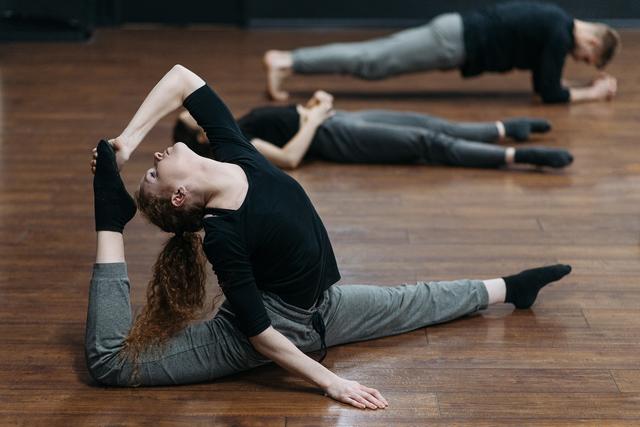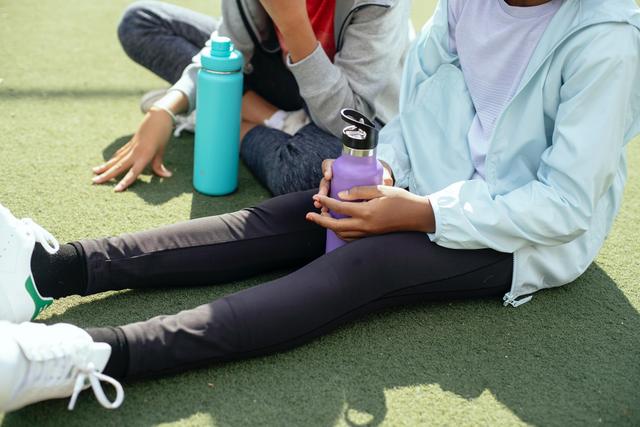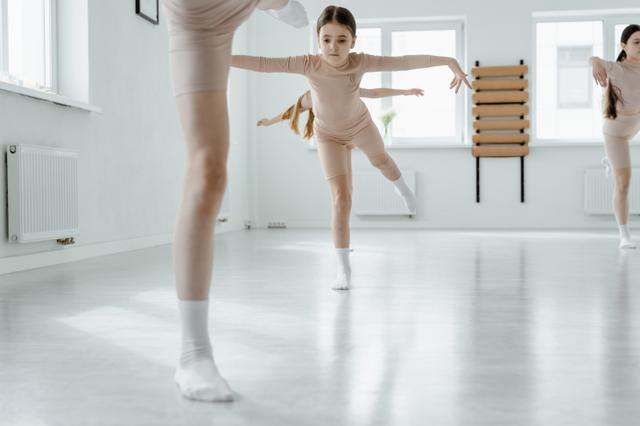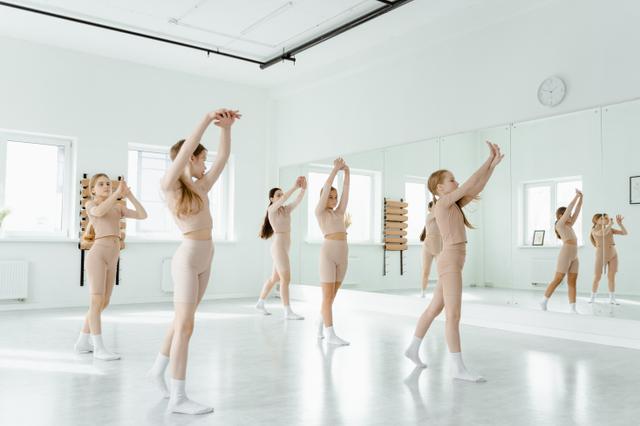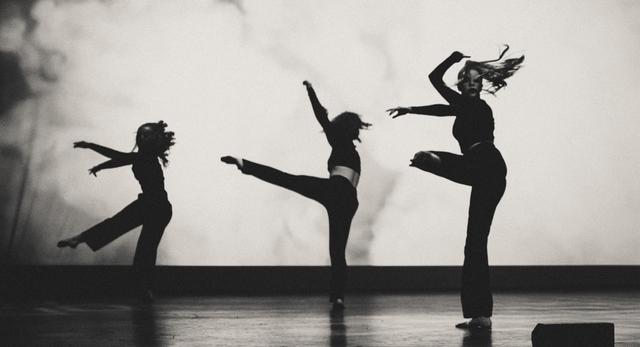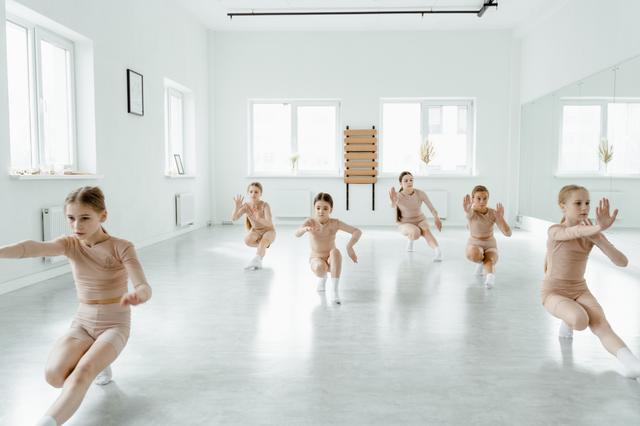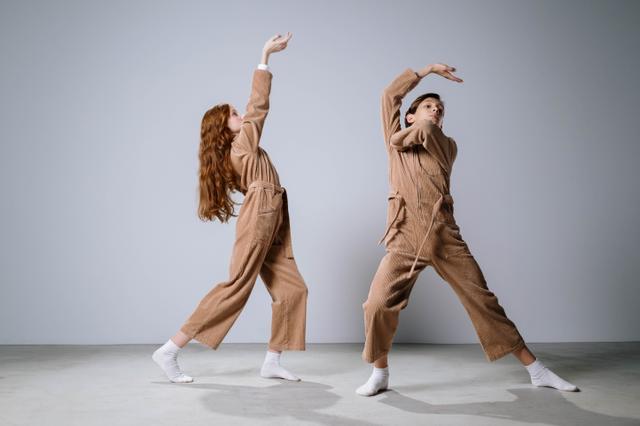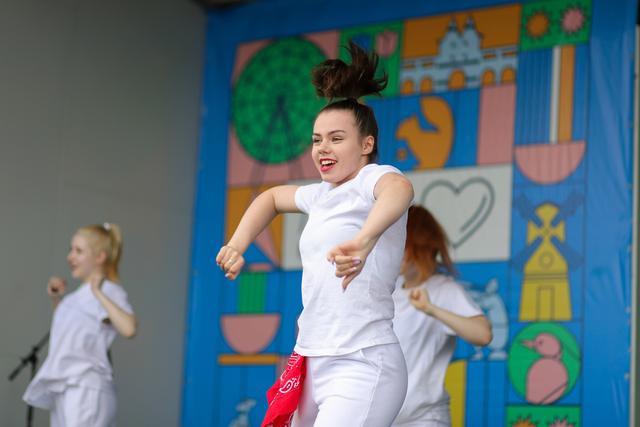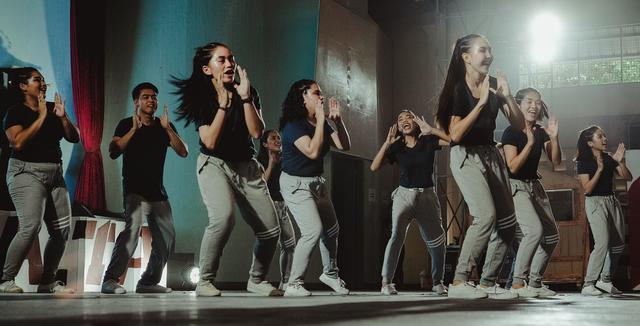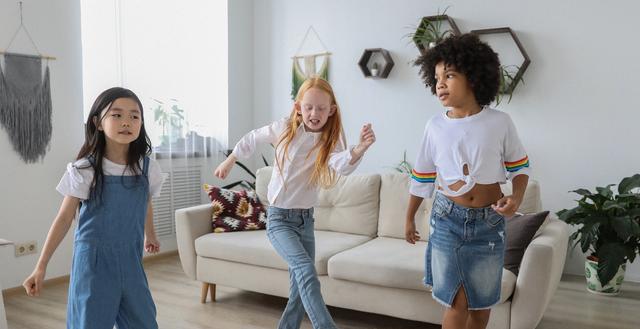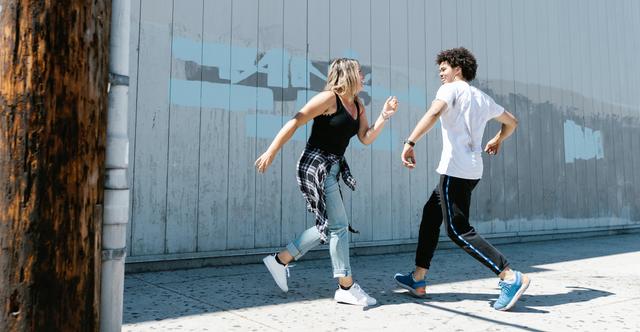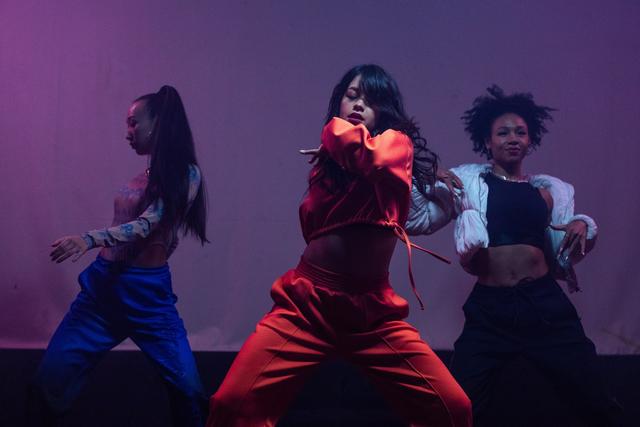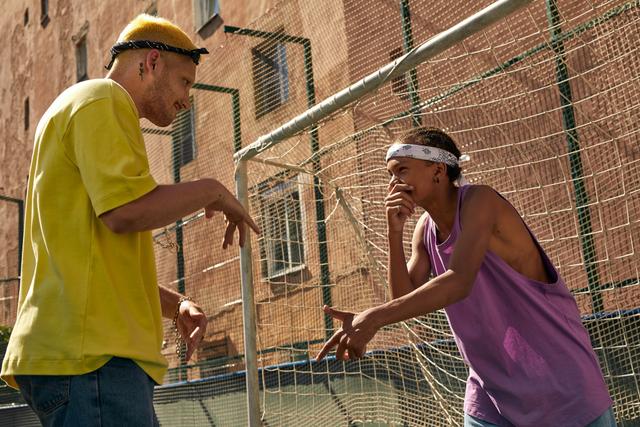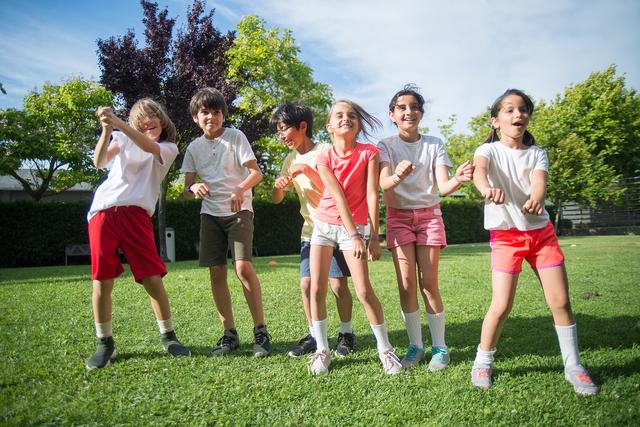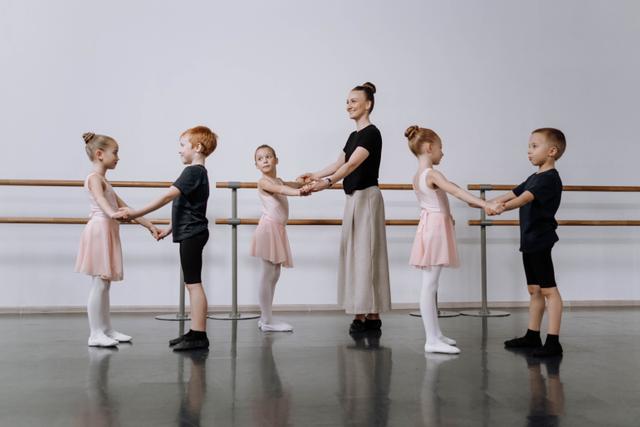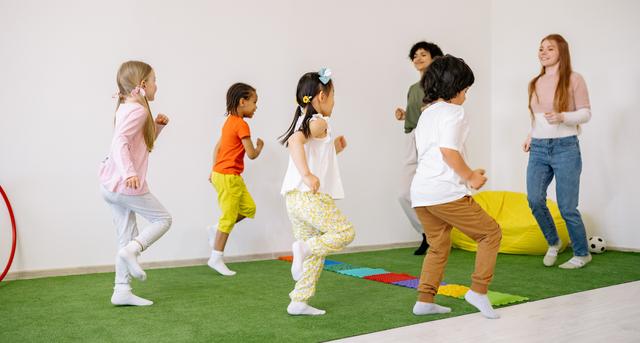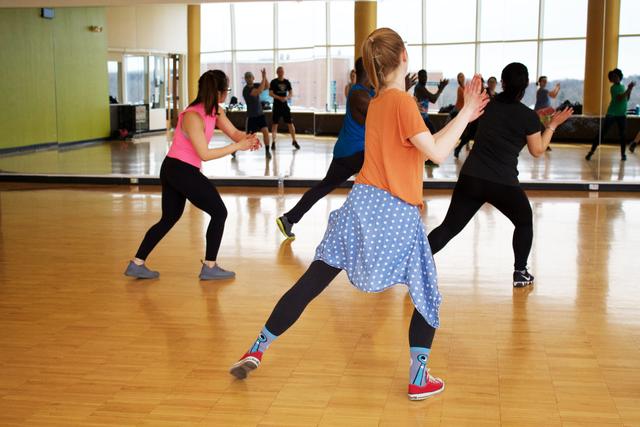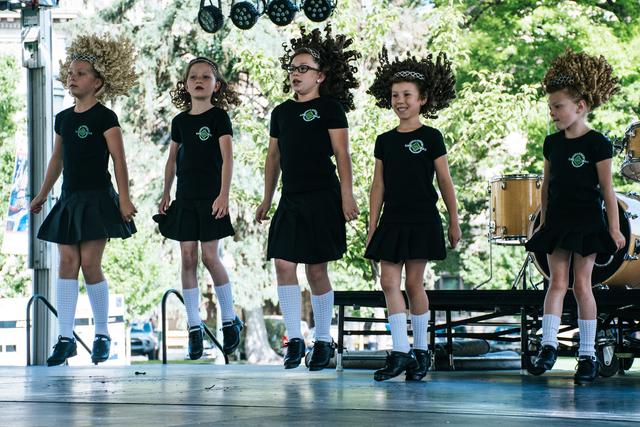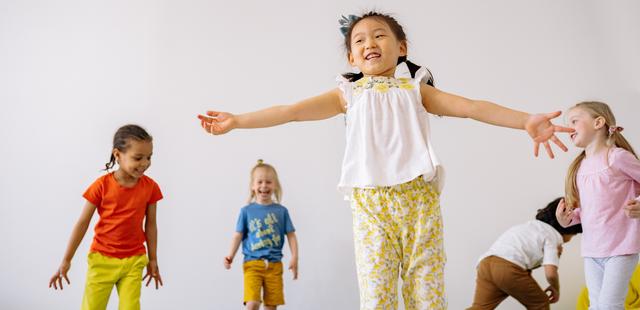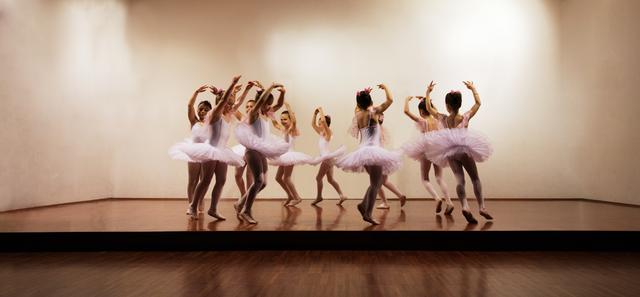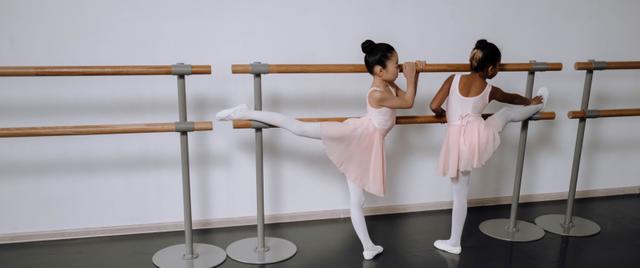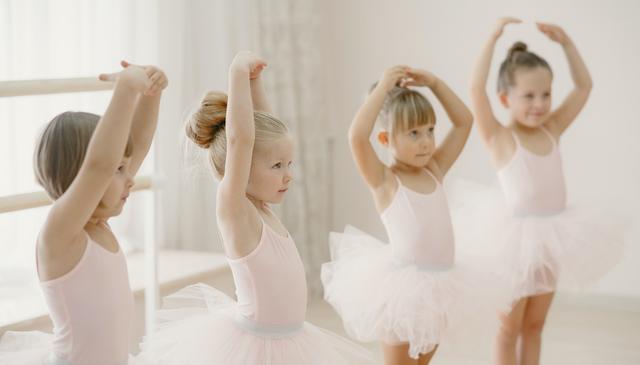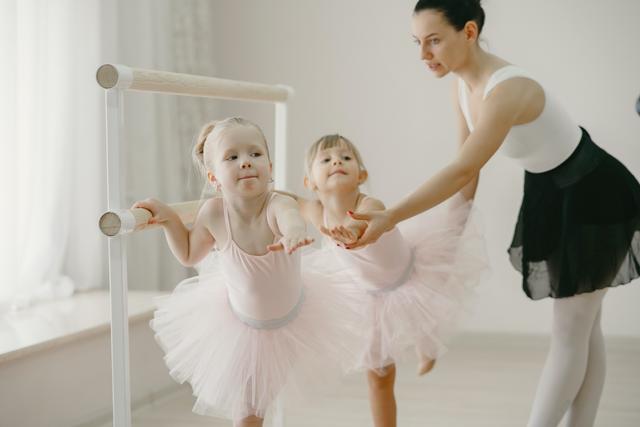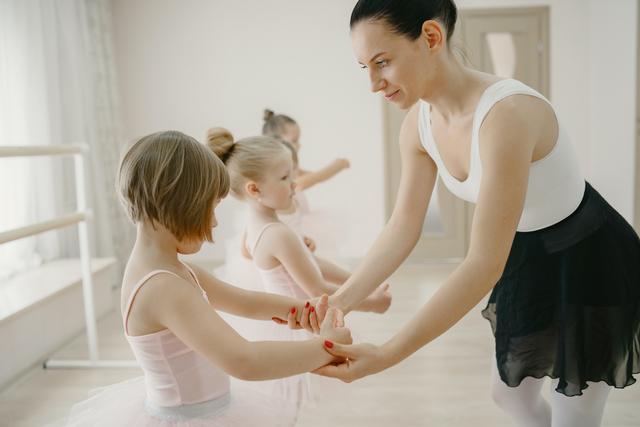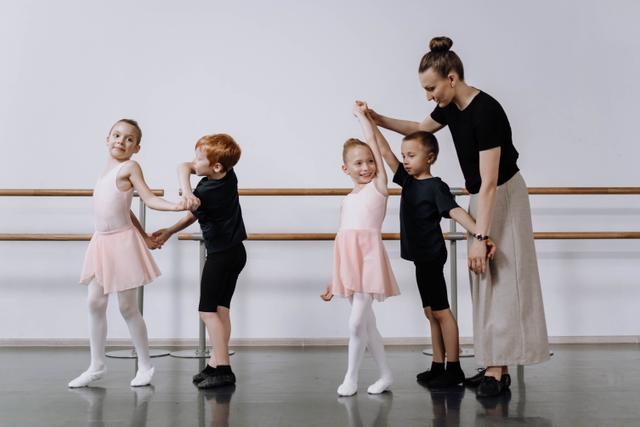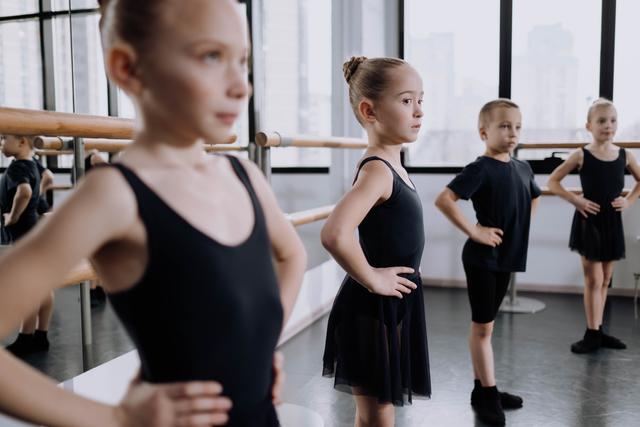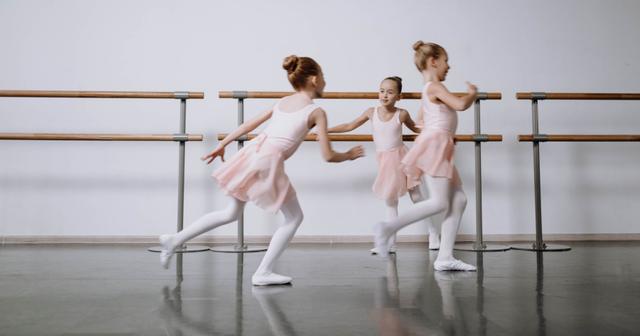Dance Articles
Dance For Kids In The UK
Dance is a deeply cultural and historically significant form of expression prevalent throughout the United Kingdom. Children across the nation, from bustling cities to quaint villages, find themselves twirling, leaping, and stepping in various dance classes that reflect a time-honoured tradition. The journey of dance in the UK is peppered with a variety of styles each resonating with different epochs in history. From the ceremonial dances of ancient Celtic tribes to the refined court dances of the Tudor monarchs, each era contributed its distinct flair to the rich tapestry of UK dance history.
As time marched forward, the dance scene in the UK continued to evolve dramatically, marked by the genteel ballroom dances of the Victorian period which commanded a considerable following. The elegance of waltzes and the lively steps of polkas and quadrilles embellished many a social gathering during this era. Transitioning into the 20th century, the UK witnessed a dramatic transformation in its dance lore with the introduction of modern dance forms. Ballet, contemporary, and street dance not only diversified the landscape of dance but also brought a fresh, dynamic element to the traditional frameworks.
Today, these dance forms continue to thrive, enriched by their storied pasts yet ever-evolving to incorporate new, inventive movements and styles. Each dance class that children participate in isn't just an activity; it's an experience swathed in centuries of history, offering a vibrant glimpse into the shifting social mores and cultural dynamism of the UK. Dance, in the children’s world of the UK, is not merely an after-school activity but a gateway to a rich cultural heritage.
The Benefits of Dance
Dance provides exceptional health benefits for children, making it a vital activity for their physical and mental development. Engaging in dance regularly enhances their flexibility, balance, and coordination, which are crucial for overall body control and physical fitness. This activity also plays a significant role in boosting cardiovascular health; energetic dance routines improve heart function and increase endurance in kids, promoting a healthy lifestyle from an early age.
Furthermore, dance is not just about physical movement; it requires the use of various muscle groups, thereby helping children develop muscle strength and stamina. This aids in their overall fitness and endurance, preparing them for other sports and physical activities. Dance also stimulates the brain, enhancing cognitive functions such as memory and focus. Through learning and recalling choreography, children enhance their cognitive abilities, which can translate to better academic performance.
Importantly, dance classes act as social platforms where children meet peers with similar interests, fostering friendships and enhancing social skills. The emotional development encouraged through expressing themselves in dance also contributes to their confidence and mental well-being, providing a holistic approach to health that combines physical, mental, and social growth.
FAQs
Q1: At what age can my child start taking dance classes in the UK? A: In the UK, children can start dance classes as early as two or three years old. These early classes are usually designed to be fun and engaging, focusing on basic movements and coordination to suit their developmental stage.
Q2: What are the most popular dance styles for children in the UK? A: Among the most popular dance styles for children in the UK are ballet, contemporary, hip hop, and street dance. Musical theatre is also a favourite, combining singing, acting, and dancing, which appeals to a wide range of interests among young dancers.
Q3: Where can I find dance classes for my child? A: Dance classes for children are available at various locations throughout the UK including local dance schools, community centres, and some schools offer after-school dance programmes. It's best to search locally or ask for recommendations from other parents in your community.
Q4: How often should children attend dance classes to see progress? A: The recommended frequency of dance classes varies depending on the child's age and the level of interest. Typically, classes are held once or twice a week. Regular attendance is important for skill development and to build a routine.
Q5: What is the appropriate attire for children attending dance classes? A: For dance classes, children should wear comfortable clothing that allows for full range of motion. Common attire includes leggings, t-shirts, and appropriate dance shoes specific to the dance style, such as ballet slippers for ballet or comfortable trainers for street dance.
